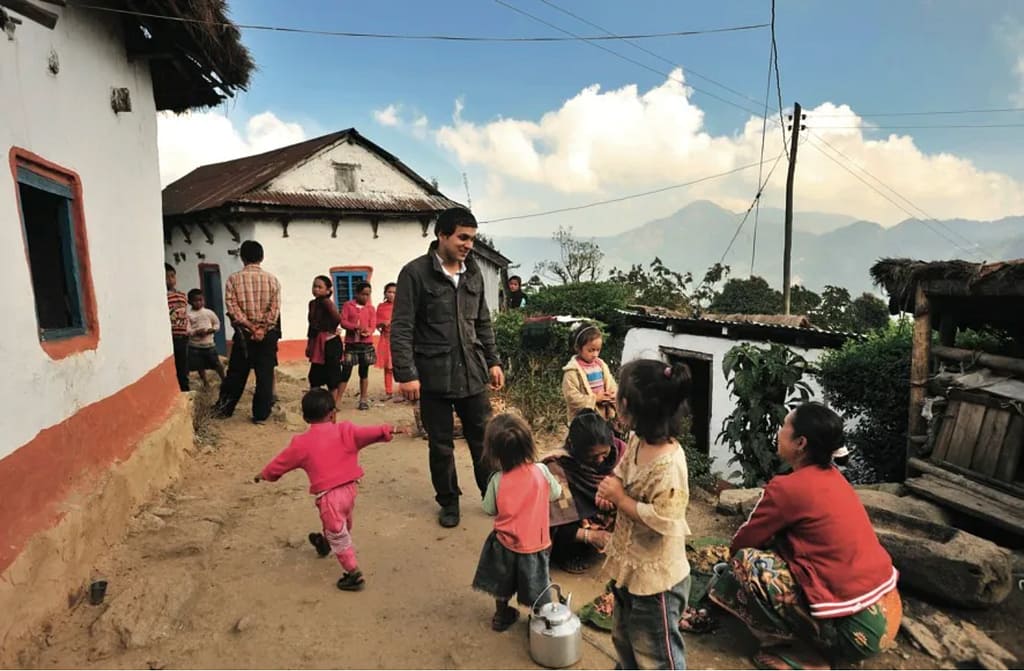
Paul and I attended a potluck last night at the NYC Peace Corps office. How fortunate to meet Bonnie Lee Black, a Returned Peace Corps Volunteer (RPCV to insiders) who served in Gabon. She wrote the book How To Cook a Crocodile: A Memoir with Recipes, of which she read selections at the event. Her former roommate and inspiration, Marty, served in the 1960s and she told us about this incredible recent article in The New Yorker about the Peace Corps. Needless to say we rushed home and found our copy of the magazine. Read the abstract of the article below – the subject of the article, Rajeev Goyal, is a also a Brown Alum!
ABSTRACT: A REPORTER AT LARGE about Rajeev Goyal and his advocacy of the Peace Corps.
In the part of eastern Nepal where Goyal served as a Peace Corps volunteer from 2001 to 2003, people sometimes weep when his name is mentioned. Locals refer to him as Shiva, the god who is the source of the Ganges River. In the halls of Congress, most people have no idea what to make of him. For the past two years, he has approached the place as if it were just another Nepali settlement with a caste system to untangle. He figured out the Washington equivalent of village-well routes—hallways, hearing rooms, and coffee shops where anybody can hang around and meet a member of Congress. During the past two years, funding for the Peace Corps has increased by record amounts, despite partisanship in Congress and a brutal economic climate.
In March, the Peace Corps will turn fifty years old.
The anniversary is bittersweet: despite the new funding, which has allowed for a significant increase in volunteers, the agency sends fewer than sixty per cent as many people abroad today as it did in 1966. Goyal grew up in Manhasset Hills, Long Island, where his parents had settled after immigrating from Rajasthan, India. In the Peace Corps, he was assigned to teach English at a school in Namje, a village of fewer than six hundred people, in eastern Nepal. Snowcaps provide Nepal with abundant water resources, but rivers are often inaccessible in mountain towns like Namje. Describes how Goyal and others conceived and executed the construction of a pumping system that brought water to the town. Also describes the later construction of a school in Namje built, in part, with funds from Rotary International. Tells about the history of the Peace Corps, which was created in 1961 by President Kennedy. Discusses the National Peace Corps Association’s campaign to expand the organization and mobilize former volunteers to advocate for more Peace Corps funding. Tells how Goyal built a grassroots movement to influence the members of Congress who allocate money to the Peace Corps and describes his “bird-dogging” approach to lobbying Congressmen, in particular, Senator Patrick Leahy. Writer accompanies Goyal on a trip to Nepal, where, in Namje, they attend the dedication of a new building for agricultural training. Tells about a meeting between Goyal and Rakam Chemjong, the Nepalese Minister for Peace and Reconstruction.
